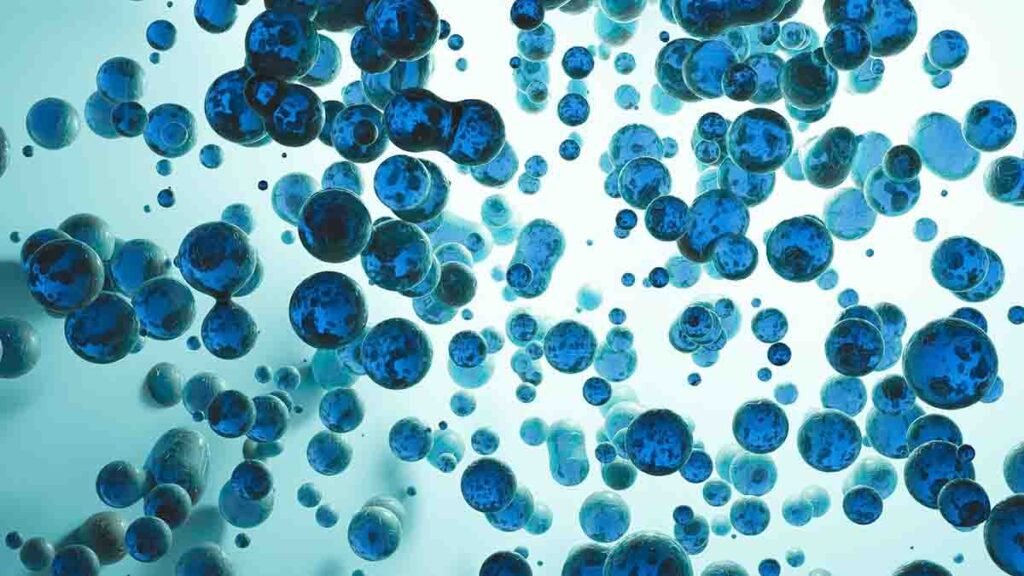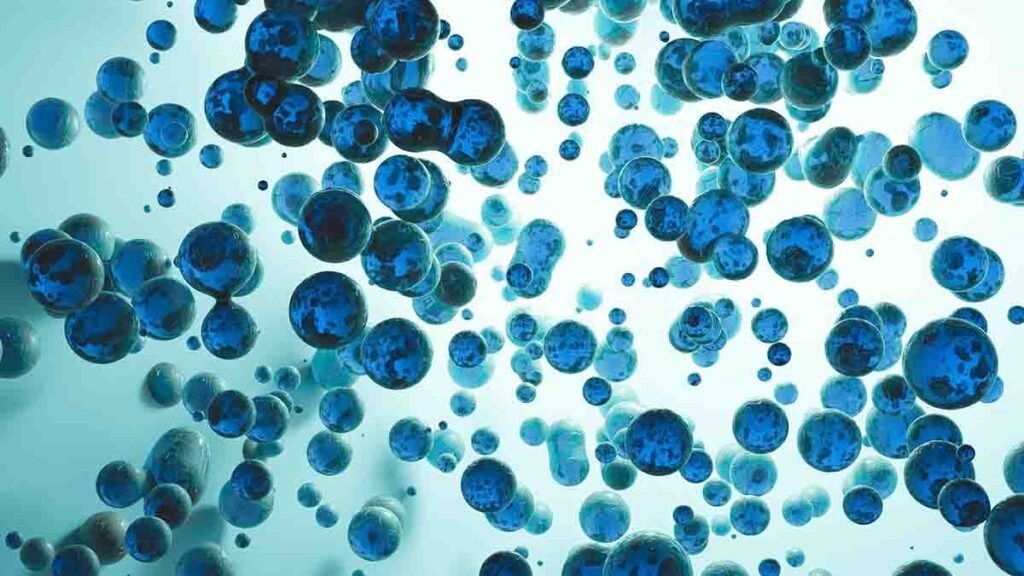
In recent years, technological advancements have paved the way for significant improvements in household water systems. One such innovation is the use of ultrafine bubbles, which have the potential to revolutionize the way we purify and use water in our homes. This technology, which has been gaining traction in various industries, offers promising benefits for ensuring clean water through enhanced purification methods.
What Are Ultrafine Bubbles?
Ultrafine bubbles, also known as nanobubbles, are minuscule gas-filled bubbles with a diameter smaller than 200 nanometers. Unlike larger bubbles, they remain suspended in water for extended periods, allowing them to interact with contaminants and microorganisms more effectively. This unique property makes ultrafine bubbles a powerful tool in water purification processes.
Enhancing Water Purification
Traditional water purification methods, while effective, often struggle to remove microscopic contaminants and pathogens. Ultrafine bubbles, with their large surface area and prolonged stability, can penetrate these contaminants, breaking them down at a molecular level. This process, known as cavitation, generates localized high temperatures and pressures, which can effectively neutralize bacteria, viruses, and other harmful substances in the water system.
Additionally, ultrafine bubbles enhance the efficiency of conventional filtration systems. By attaching to particles and microorganisms, these bubbles make it easier for filters to capture and remove them, resulting in cleaner and safer water.
Benefits for Household Water Systems
- Improved Water Quality: Integrating ultrafine bubble technology into household water systems ensures a higher standard of water purity. This is particularly beneficial for drinking water, as it reduces the risk of waterborne diseases and improves overall health.
- Eco-Friendly Solution: Ultrafine bubbles require less chemical intervention compared to traditional water treatment methods. This not only reduces the chemical load on the environment but also minimizes the production of harmful byproducts.
- Cost-Effective: While the initial investment in ultrafine bubble technology may be higher, the long-term benefits, including reduced maintenance and lower operational costs, make it a cost-effective solution for households.
- Enhanced Cleaning Efficiency: Ultrafine bubbles can also improve the effectiveness of household cleaning. When used in washing machines and dishwashers, they help remove dirt and grime more efficiently, leading to cleaner clothes and dishes with less detergent use.
Applications in Household Water Systems

Ultrafine bubble technology can be integrated into various aspects of household water systems, including:
- Drinking Water Purifiers: Enhancing the effectiveness of purifiers to ensure the highest quality of drinking water.
- Showers and Faucets: Providing cleaner water for bathing and washing, improving skin and hair health.
- Laundry Systems: Increasing the cleaning power of washing machines, resulting in fresher, cleaner clothes.
- Dishwashers: Boosting the performance of dishwashers for spotless, hygienic dishes.
The Future of Water Technology
As the demand for clean water continues to grow, the integration of ultrafine bubbles into household water systems represents a significant step forward in water technology. This innovative approach not only addresses current water quality challenges but also aligns with global sustainability goals by reducing chemical use and environmental impact.
In conclusion, ultrafine bubbles hold immense potential in revolutionizing household water systems. By enhancing water purification processes, improving water quality, and offering eco-friendly and cost-effective solutions, this technology is set to become a cornerstone of modern water systems. As more households adopt ultrafine bubble technology, we can look forward to a future where clean, safe water is readily accessible to all.
Conclusion
In summary, the integration of ultrafine bubble technology into household water systems offers a transformative approach to achieving cleaner and safer water. By enhancing purification processes and improving overall water quality, this innovative solution presents an eco-friendly and cost-effective method for modern water systems. As this technology continues to advance and become more widely adopted, it promises to play a crucial role in ensuring access to clean water, benefiting both health and the environment. Embracing ultrafine bubbles in our water systems marks a significant step towards a sustainable and healthier future.
Source
2. https://www.itohygiene.com/en/blog/2023/06/653/
3. https://hydrosomelabs.com/what-are-ultrafine-bubbles/
FAQ
What are ultrafine bubbles and how do they work?
Ultrafine bubbles, also known as nanobubbles, are tiny gas-filled bubbles with diameters smaller than 200 nanometers. Unlike larger bubbles, they remain suspended in water for extended periods due to their small size and surface tension. These bubbles interact with contaminants and microorganisms in the water, enhancing purification by breaking down harmful substances at a molecular level and improving the efficiency of conventional filtration systems.
What are the main benefits of using ultrafine bubbles in household water systems?
The main benefits of ultrafine bubbles include:
Enhanced Purification: They improve the removal of microscopic contaminants, pathogens, and particles.
Eco-Friendly: They reduce the need for chemicals in water treatment, minimizing environmental impact.
Cost-Effective: They lower long-term operational costs by reducing maintenance and extending the lifespan of filtration systems.
Improved Cleaning Efficiency: They enhance the performance of washing machines and dishwashers, leading to cleaner results with less detergent.
How do ultrafine bubbles improve water quality compared to traditional methods?
Ultrafine bubbles improve water quality by increasing the interaction between bubbles and contaminants. Their small size allows them to penetrate and break down particles and microorganisms more effectively than larger bubbles or conventional methods. This results in higher purity levels and a more efficient removal of pollutants, leading to cleaner and safer water.
Are there any limitations or challenges associated with ultrafine bubble technology?
While ultrafine bubble technology offers many advantages, there are some challenges:
Initial Cost: The setup and installation of ultrafine bubble systems can be more expensive compared to traditional water treatment methods.
Technical Expertise: Proper installation and maintenance may require specialized knowledge and equipment.
System Compatibility: Not all existing water systems may be easily compatible with ultrafine bubble technology, requiring possible modifications or upgrades.
Can ultrafine bubbles be used in both residential and industrial water systems?
Yes, ultrafine bubble technology can be applied to both residential and industrial water systems. In residential settings, it enhances water purification in drinking water systems, showers, and household appliances. In industrial applications, it improves water quality in processes such as wastewater treatment, cooling systems, and manufacturing, offering broad versatility and effectiveness across various sectors.
